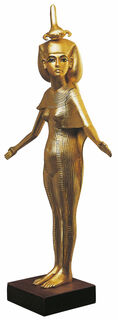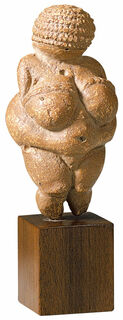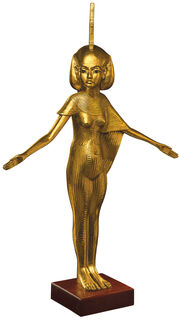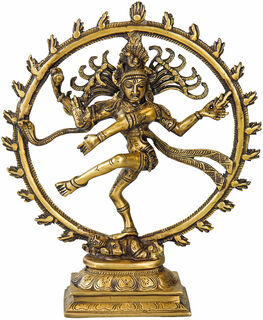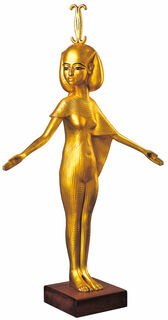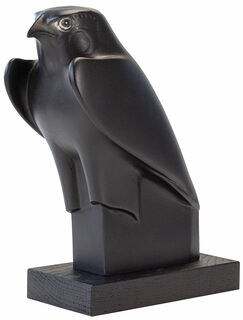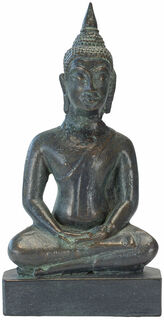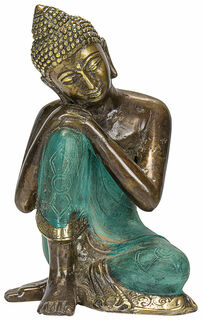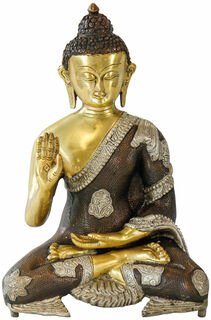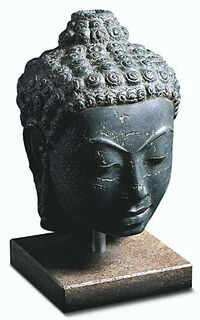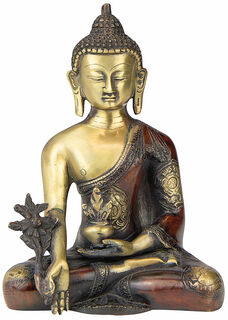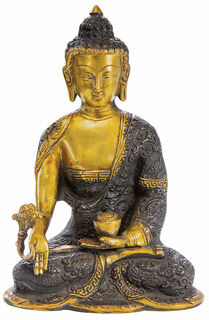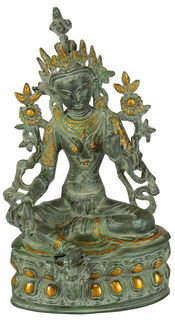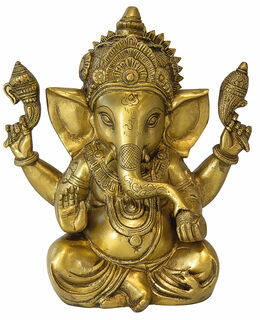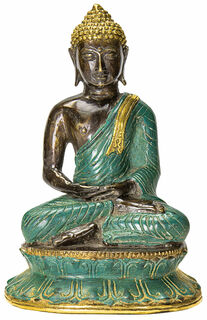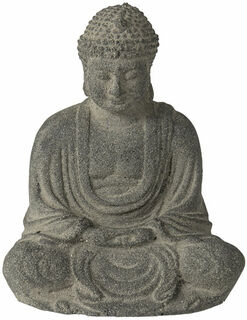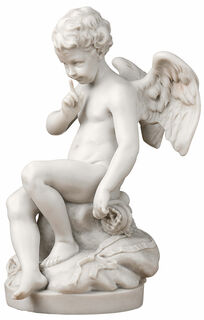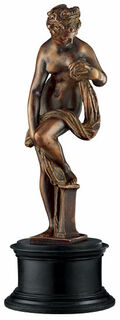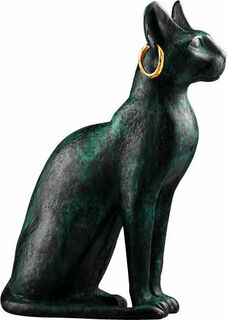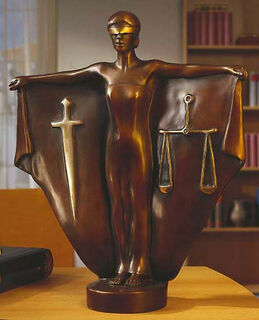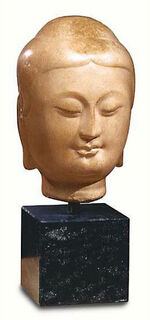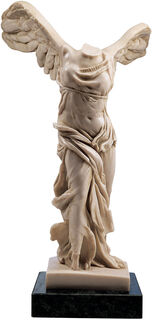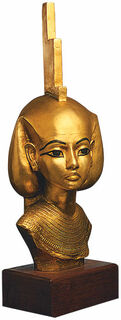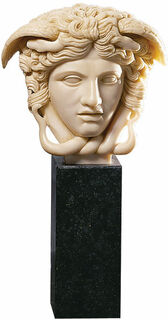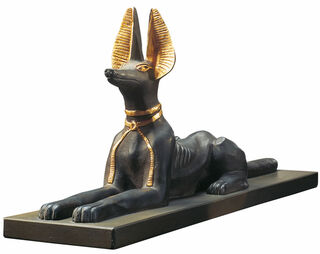Images of Deities
Images of Deities - Tradition of Many Religions
In almost all societies, religious belief and the worship of deities have been firmly rooted in people's everyday lives. That usually includes dedicating depictions of the gods in the form of figures, sculptures, or statues. This custom spans across all religions around the world. Many of the figurines of gods known today originate from Ancient Egypt, Greek and Roman antiquity. But even in Christianity and Hinduism, sacred art, including the sculptural representation of deities, holds great significance. Typically, they are given a human shape, but some gods were also depicted as animals, for example, the Egyptian god Anubis as a dog, the Egyptian goddess Bastet as a cat or the Hindu god Ganesha as an elephant-like creature. Although there is no pictorial model for deities that sculptors could orientate themselves on, certain attributes established themselves in many cultures, which were attributed to the deities and are reproduced repeatedly. In the case of religions with several gods, only certain attributes, or the place where a statue was erected provide clues to the exact identity of each deity.
In many societies, the production of statues of gods has also been a significant genre of sculpture. Therefore, art history owes many important motifs to this tradition. Among the most famous sculptures of the gods of antiquity is the "Venus of Milo", a statue of the Greek goddess of love and beauty. But artists have also been inspired over the millennia to create ever-new interpretations of many of the gods of ancient Egypt or of Buddha, the central figure of Buddhism.
Figures of Gods Evoke the Presence of Deities
Images of deities can fulfil various functions. Artfully crafted sculptures that radiate dignity and beauty are intended to honour the gods. At the same time, deity figures also serve as sculptural representatives of the deities on Earth. They remind us of their presence in everyday life, symbolise their power and can exhort righteous behaviour. Simultaneously, they can also provide hope and comfort. Throughout human history, many statues with images of the gods, some of them monumental, were erected in public places so that people could be close to the gods as often as possible. For example, Greek statues of the gods were part of the cityscape of many ancient cities. Sculptures of the gods were placed in locations that were of importance for religious customs as well, such as temples, churches, or burial sites. In some religions, it is also a custom to carry sculptures depicting deities during processions for certain religious occasions. Such traditions can be found in Christianity, for instance, in Catholic regions of Bavaria or Austria, as well as in major religious festivals in Hinduism.

